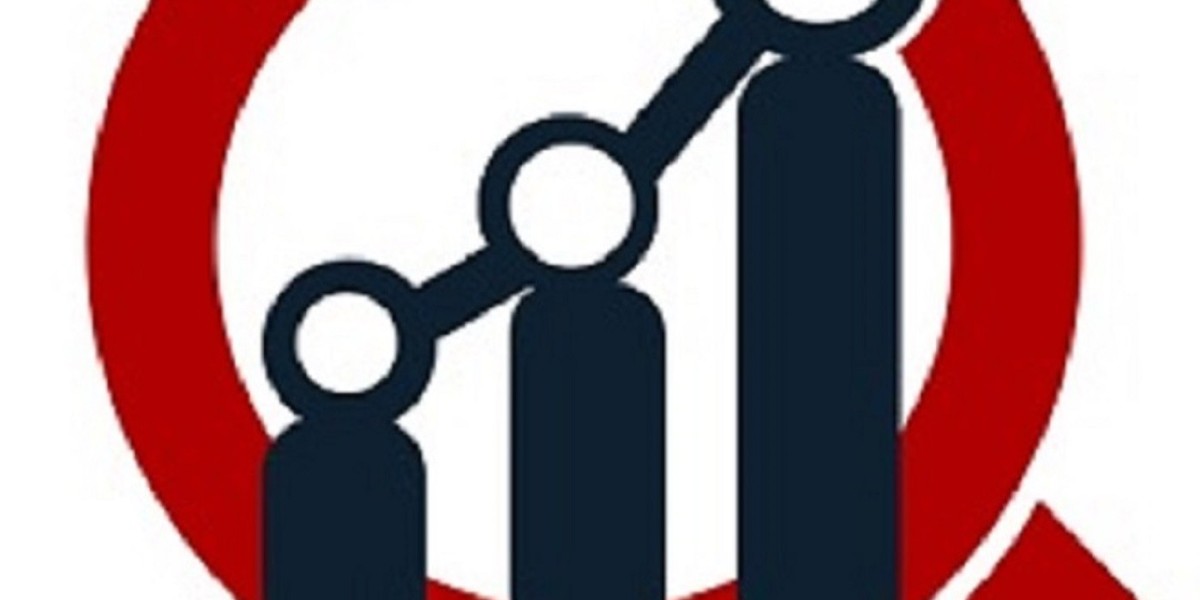Squarespace Design Inspiration from German Websites
Germany is known for its precision, functionality, and design excellence — qualities that extend beyond architecture, engineering, and automobiles to include web design as well. German websites are often celebrated for their clean layouts, minimalist aesthetics, and user-focused design principles. Whether it’s a tech startup, a creative agency, or an e-commerce store, German websites demonstrate how thoughtful design can build trust, strengthen brand identity, and improve user experience. If you’re building a website on Squarespace, studying German design trends can provide valuable inspiration for creating a site that looks professional and performs well. And thanks to frequent squarespace deals, you can build a beautiful, German-inspired website without overspending.
Germany’s design philosophy — rooted in the Bauhaus movement and functional minimalism — has influenced everything from typography to product design, and it continues to shape how modern German websites look and feel. They tend to prioritize clarity, simplicity, and usability over flashy visuals or overly complex features. The result is a web design style that’s visually appealing, highly functional, and deeply user-centric — exactly what you should aim for when building your Squarespace site.
In this article, we’ll explore key elements of German web design, provide examples of how these principles can inspire your Squarespace project, and share practical tips on how to apply these ideas to your own website.
1. Minimalism: Less Is More
Minimalism is a defining characteristic of German design. The principle of “Weniger, aber besser” — “Less, but better” — coined by legendary designer Dieter Rams, perfectly sums up this approach. German websites often feature clean layouts, generous white space, and simple navigation structures. Instead of overwhelming users with too much information, they guide them through a well-structured journey.
How to apply it to Squarespace:
Choose a clean, minimalist template like Sofia Rey, Paloma, or Foster.
Limit your color palette to 2–3 tones and use plenty of white space to let content breathe.
Focus on essential information and remove unnecessary design elements.
Minimalism is not about being plain — it’s about clarity. Every design choice should serve a purpose and enhance the user experience.
2. Functional Layouts and Clear Navigation
German websites are typically well-organized and intuitive to navigate. Visitors shouldn’t have to guess where to find information — it should be presented logically and consistently. Navigation menus are often simple, with clear categories and minimal layers. The layout tends to follow a predictable flow: hero section, key offerings, about information, testimonials, and contact details.
How to apply it to Squarespace:
Use Squarespace’s drag-and-drop editor to structure pages in a clear, logical order.
Keep navigation menus simple — ideally with no more than five main categories.
Use anchor links and sticky navigation for longer pages to make scrolling easier.
A functional layout ensures that visitors spend more time engaging with your content and less time figuring out how to use your site.
3. Bold Typography and Strong Visual Hierarchy
Typography plays a major role in German design. Many German websites use bold, clean typefaces to create strong visual impact and guide the user’s eye through the page. Fonts are chosen not just for aesthetics but also for legibility — an important consideration given the length and complexity of many German words.
How to apply it to Squarespace:
Choose a simple sans-serif font like Helvetica Neue, Futura, or Roboto for a modern look.
Create a clear hierarchy with large, bold headings and easily readable body text.
Use contrast — such as pairing black text with a white background — to make your content stand out.
Strong typography not only improves readability but also reinforces your brand identity.
4. Neutral Color Palettes with Strategic Accents
German web design often embraces neutral color schemes — white, black, gray, and muted tones — with occasional bold accents. This creates a timeless and sophisticated aesthetic while allowing key elements (such as buttons or calls-to-action) to stand out.
How to apply it to Squarespace:
Choose a neutral base color for your background and typography.
Add one or two accent colors to highlight CTAs, links, or key visuals.
Keep the color palette consistent across all pages to strengthen brand identity.
For example, a tech company might use a monochrome design with electric blue highlights, while a creative agency might pair grayscale tones with a vibrant coral accent.
5. High-Quality Visuals and Photography
German websites place a strong emphasis on imagery. Rather than relying on generic stock photos, they often use custom, high-quality visuals that reflect their brand’s story and values. Large hero images, full-width background photos, and subtle video loops are commonly used to create an immersive experience.
How to apply it to Squarespace:
Use Squarespace’s image blocks and gallery sections to showcase professional photos.
Optimize images for web to ensure fast load times without compromising quality.
Use imagery that reflects your brand identity, products, or location.
Authentic visuals build trust and make your website feel more personal and professional.
6. Focus on User Experience (UX) and Accessibility
A hallmark of German web design is its focus on usability. Websites are built with the user in mind — meaning they’re fast, responsive, and easy to interact with on any device. Accessibility is also a priority, ensuring that content is usable by people with disabilities.
How to apply it to Squarespace:
Choose a responsive template that looks great on desktops, tablets, and mobile devices.
Optimize site speed by compressing images and minimizing unnecessary scripts.
Use descriptive alt text, proper heading structure, and sufficient color contrast for accessibility.
A website that’s easy to navigate, fast to load, and accessible to everyone creates a positive impression and encourages return visits.
7. Storytelling Through Design
German websites often tell a story visually and textually. Instead of overwhelming users with long paragraphs, they combine concise text with meaningful visuals and interactive elements to guide users through the brand’s journey.
How to apply it to Squarespace:
Use scrolling sections to tell your brand’s story step by step.
Break up text with visuals, icons, and infographics.
Highlight milestones, testimonials, or case studies to build credibility.
A strong narrative builds emotional connection and keeps visitors engaged.
8. Sustainability and Authenticity in Design
Germany is known for its environmental consciousness, and this often shows up in web design. Many businesses highlight their sustainability efforts with nature-inspired visuals, earthy color palettes, and transparent messaging. Authenticity is also key — design choices feel honest and unpretentious rather than overly promotional.
How to apply it to Squarespace:
Use natural colors like green, beige, and soft brown to reflect eco-friendly values.
Include sections about sustainability, ethical practices, or company values.
Avoid gimmicky animations or intrusive pop-ups that can feel insincere.
Authentic design resonates deeply with users and builds trust over time.
Leveraging Squarespace Deals for Your Project
One of the reasons Squarespace is so popular among German businesses and creatives is its affordability. Frequent squarespace deals make it easier to launch a professional website without significant upfront costs. These deals often include discounts on annual subscriptions, free custom domains, and premium feature upgrades. Taking advantage of these offers allows you to allocate more budget toward branding, professional photography, or marketing — all of which can elevate your site even further.
Conclusion
German web design is a masterclass in clarity, functionality, and timeless aesthetics. By studying how German websites use minimalism, typography, color, and storytelling, you can create a Squarespace site that is not only visually stunning but also user-friendly and deeply impactful.
Whether you’re building a portfolio, launching an online store, or establishing a corporate website, the principles of German design — simplicity, usability, authenticity, and precision — can help you stand out in a crowded digital landscape. And with ongoing squarespace deals, achieving that professional, polished look is more affordable than ever.
Ultimately, great design isn’t about copying trends — it’s about understanding what works and adapting it to your brand’s story. By embracing the timeless principles found in German websites, your Squarespace site will not only look exceptional but also deliver a seamless experience that keeps users coming back.








